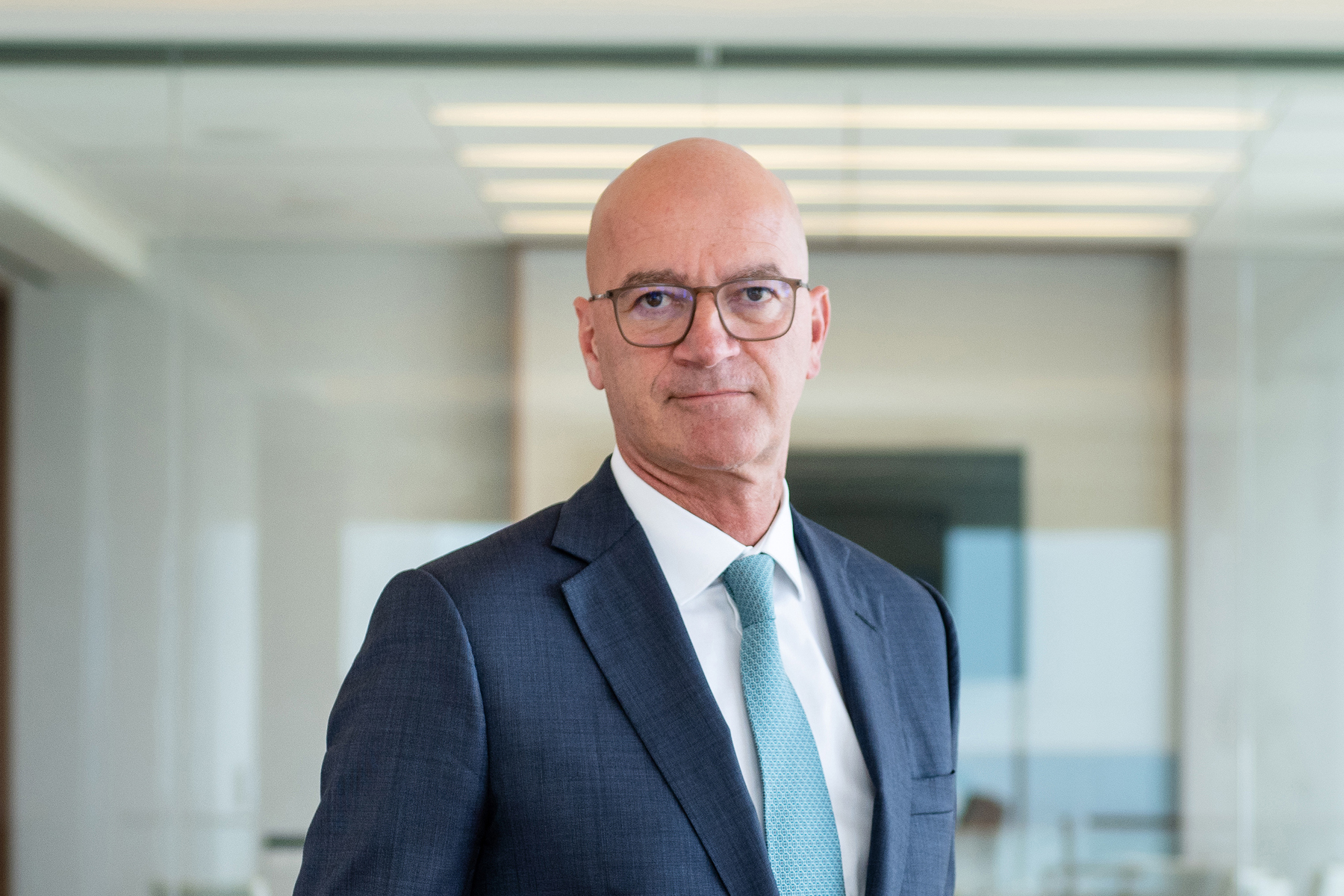By Joachim Fels, Global Economic Advisor at PIMCO
The European Central Bank’s hawkish pivot last week, along with the Bank of England’s Monetary Policy Committee falling just one vote short of hiking rates by 50 rather than 25 basis points, made it abundantly clear that global central banks led by the US Federal Reserve are determined to react forcefully in the face of inflation reaching multi-decade highs.
With ECB President Lagarde no longer ruling out rate hikes this year and indicating that the recent upside surprises on inflation led to “unanimous concern” within the Governing Council, markets now price in the end of net asset purchases in the course of this year and 50 basis points of rate hikes by the end of 2022, thus implying an exit from negative interest rate policy.
To be sure, such ECB action could be justified as appropriate risk management to pre-empt a potential wage-price spiral as well as a response to the growing unpopularity of negative interest rates that banks have been increasingly passing on to depositors. However, the episodes of 2008 and 2011 when the ECB had to reverse seemingly appropriate rate hikes in short order due to financial breakage provide a cautionary tale and may well steady the hands of increasingly nervous ECB policy makers.
Two arguments can be made in favor of reducing the amount of monetary accommodation in the euro area in current circumstances. The first is risk management in the face of a 5.1% headline inflation rate that exceeds prior expectations and far above the 2% symmetrical target. Even though the ECB has good reasons to expect inflation to moderate largely on its own in the course of this year and next, these expectations may turn out to be overly optimistic. The longer inflation stays elevated, the larger is the risk of a wage-price spiral and a rise in inflation expectations above target. This might then require a sharper tightening further down the road that could spark a recession.
The second reason is political: Negative interest rates are hugely unpopular, especially as banks have made strides in passing them on to more and more depositors. The longer negative rates last, the more the public’s support for ECB policy will be undermined. Viewed from this angle, some ECB policy makers may feel that high inflation, even if deemed temporary in nature, provides a perfect excuse to exit from an increasingly unpopular instrument.
However, before the ECB can exit from negative rates, it will have to clear a self-imposed hurdle it erected in the past. As part of its forward guidance on exit sequencing, the Government Council declared (and repeated last Thursday) that it would first have to end its net asset purchases before it starts raising the key ECB interest rates. This guidance applies to both purchase programs that are currently still active – the pandemic emergency purchase programme (PEPP), which is scheduled to discontinue net purchases at the end of March 2022, and the asset purchase programme (APP). For the latter, the current guidance that the ECB reconfirmed last Thursday foresees net purchases of EUR 40 billion in 2Q 2022 and EUR 30 billion in Q3, followed by EUR 20 billion thereafter “as long as necessary”. Thus, if the ECB wanted to hike rates before Q4 2022, it would first have to change its guidance on purchases and announce an early end of the APP. Of course, this could be done as early as March to create more optionality on policy rates, but changing such forward guidance always comes at the cost that similar future guidance will be deemed less credible.


















